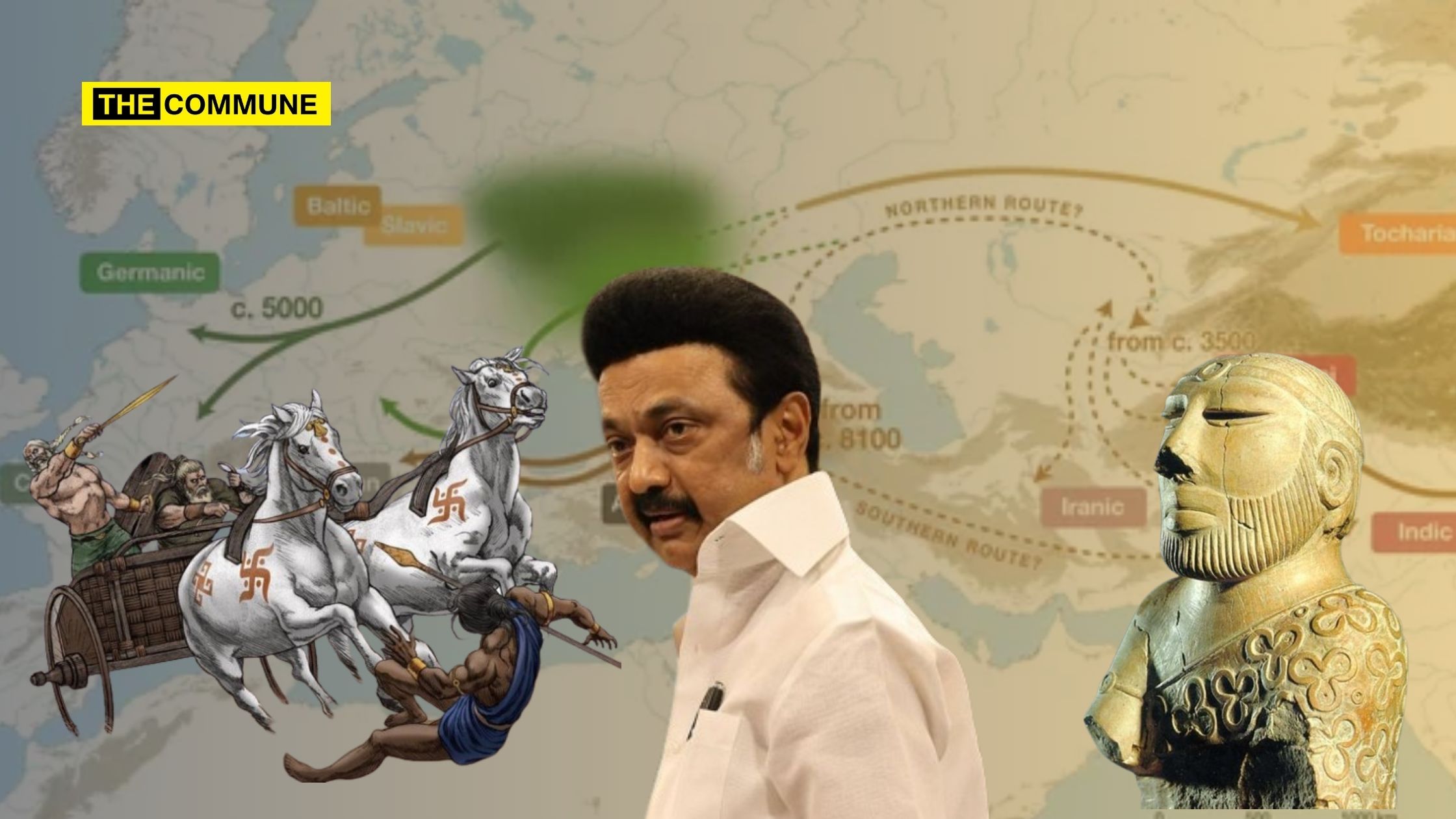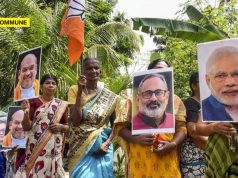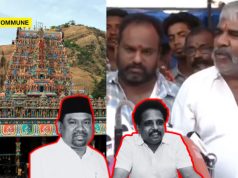
Tamil Nadu Chief Minister M.K. Stalin recently marked the centenary of the discovery of the Indus Valley Civilization by Sir John Marshall, expressing gratitude for the historian’s contributions. Stalin remarked approvingly about the controversial Aryan-Dravidian theory, which numerous scholars have discredited.
He announced plans for an international conference and the installation of a life-size statue of Marshall in Tamil Nadu, framing these events within a narrative that elevates Dravidian culture.
He wrote on his X handle, “Exactly 100 years ago, on 20th September 1924, Sir #JohnMarshall announced the discovery of the #IndusValleyCivilisation, reshaping the history of the Indian subcontinent. I look back, grateful, and say, “Thank you, John Marshall.” By taking the right cognisance of the material culture of the #IVC, he linked it to the #DravidianStock. My government has already announced that an international conference and the installation of a life-size statue of Sir John Marshall in Tamil Nadu will mark the centenary of this historic discovery.”
Exactly 100 years ago, on 20th September 1924, Sir #JohnMarshall announced the discovery of the #IndusValleyCivilisation, reshaping the history of the Indian subcontinent. I look back with gratitude and say, "Thank you, John Marshall."
By taking right cognisance of the material… pic.twitter.com/G3SpbQvf1x
— M.K.Stalin (@mkstalin) September 20, 2024
The Aryan-Dravidian theory that Stalin promotes posits a racial divide between the so-called Aryans and Dravidians, suggesting a history of invasion and subjugation. However, this theory has long been contested. The initial archaeological findings at Harappa and Mohenjo-daro were often misaligned with existing narratives of Aryan invasion.

Scholars have questioned the validity of these interpretations, with notable American archaeologists like George Dales and Richard Meadow asserting that there is no evidence to support claims of armed conquest or destruction by Aryans.

Moreover, many serious scholars and archaeologists have independently concluded that there is no biological or archaeological proof of Aryan migration or invasion. Critics argue that the theory’s proponents’ resort to fantastical explanations, claiming that Aryans descended from the heavens, wielding mythical weapons, thus leaving no trace in Harappan lands. This kind of “shabby archaeology,” as it has been termed, offers little more than a speculative narrative devoid of empirical support.

Interestingly, Dr. B.R. Ambedkar, a key figure for many Dravidianists, dismissed the Aryan Invasion Theory as lacking any scientific basis. Yet, MK Stalin and his supporters continue to advocate for this outdated perspective, perhaps to justify their political agenda and secure contracts for projects like the statue of Marshall, rather than addressing pressing needs in Tamil Nadu.

The emphasis on Dravidian identity over Tamil welfare raises questions about the priorities of the ruling party. Critics argue that perpetuating divisive narratives serves to distract from real issues facing the population. They assert that recognizing the shared history and culture of all Tamils, irrespective of these constructed racial categories, is essential for genuine progress.
Ultimately, the continuation of the Aryan-Dravidian discourse reflects a strategy rooted in divide-and-rule politics, reminiscent of colonial tactics. As long as Dravidianists cling to this narrative, the true potential of Tamil identity may remain obscured by the shadows of a debunked theory.
(With inputs from Tamil Labs and “The Invasion that Never Was” by Michel Danino)
Subscribe to our Telegram, WhatsApp, and Instagram channels and get the best stories of the day delivered to you personally.




